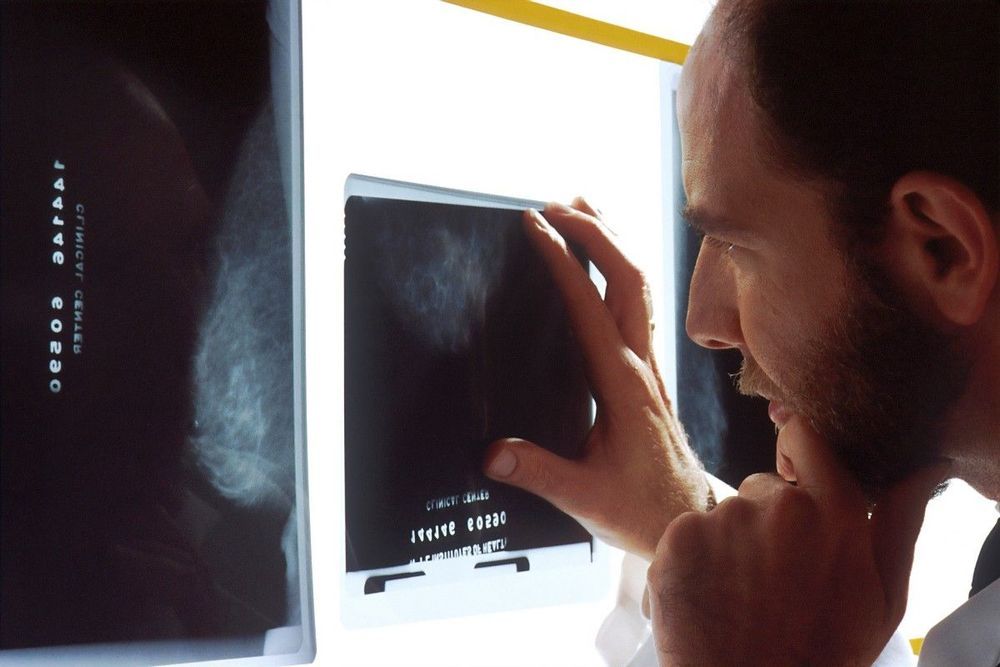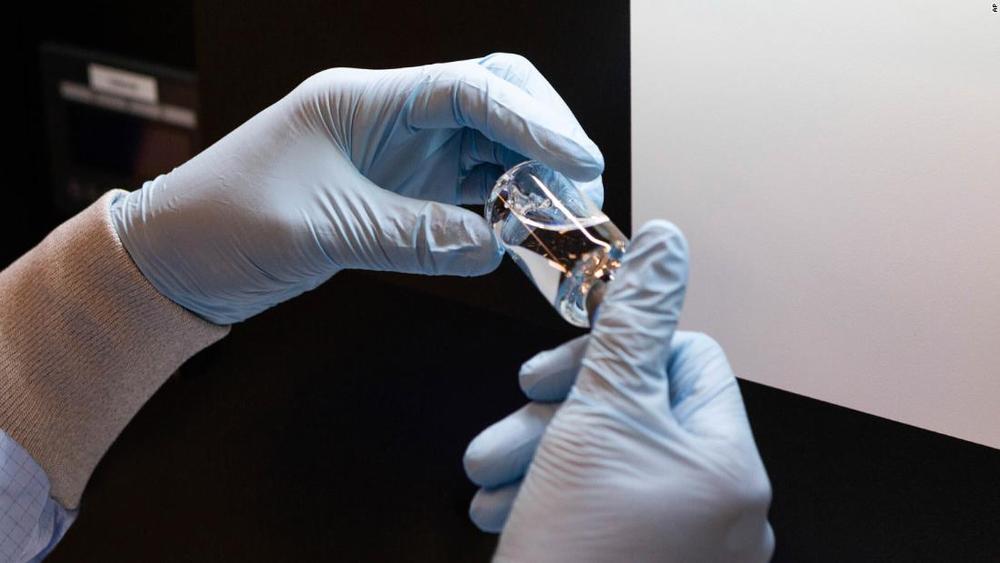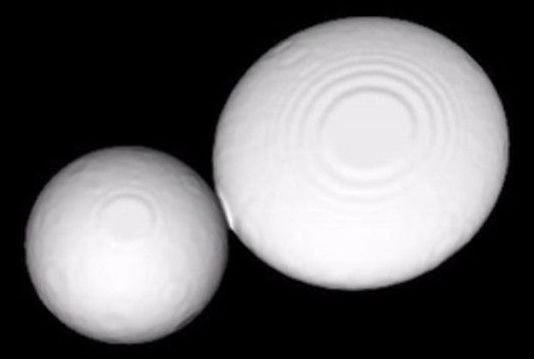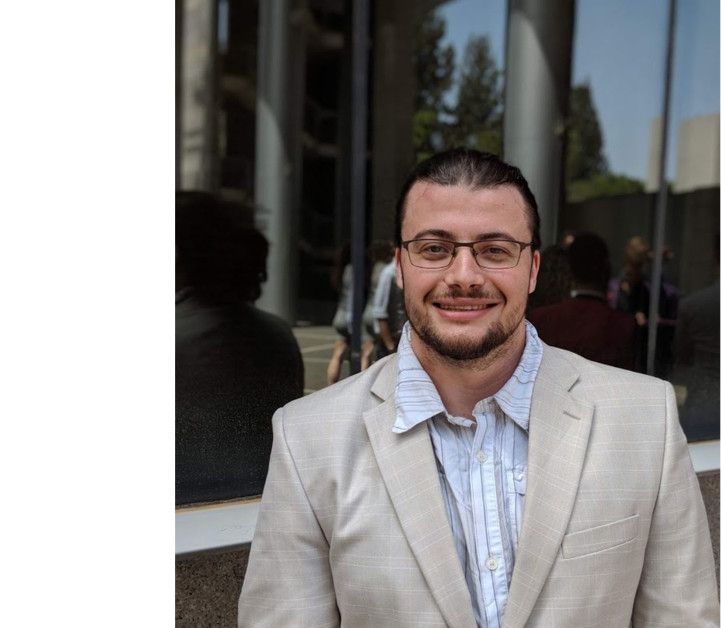In this article, I will demonstrate the use of Variational Inference to quantify the uncertainty in the weights of deep neural networks and make more informed predictions for a breast cancer classification dataset.



Preliminary results from a clinical trial of remdesivir, an experimental antiviral drug being tested for coronavirus, could come in as little as one to two weeks, a top researcher said Sunday.
The final results aren’t expected until mid-to-late May, said Dr. Andre Kalil, a principal investigator for the trial. But he said “we can potentially have some early data in the next one or two weeks,” contingent on a preliminary analysis.
“In the next few weeks, we’re going to do the analysis, and we’re going to basically know if remdesivir is better or not than placebo,” he told CNN.

KIA and corporate cousin Hyundai build some efficient EVs that challenge industry leaders like Tesla. Yes, Elon an his minions are miles ahead in self-driving tech, but the Hyundai Kona EV and KIA Niro EV are world class cars that come close to meeting Elon’s plea to other manufacturers to build compelling electric cars.
The problem is, KIA and Hyundai don’t have a dedicated battery electric platform. Both the Kona and Niro share their underpinnings with hybrid and plug-in hybrid models. A pure battery electric car may be coming soon from KIA, however. Recently, Hyundai said it is planning to bring two new all electric models — the 45 Concept and the Prophesy Concept — to market this year and next. Both will be built on the company’s new Electric Global Modular Platform known internally as E-GMP.
Quantitative biologists David McCandlish and Juannan Zhou at Cold Spring Harbor Laboratory have developed an algorithm with predictive power, giving scientists the ability to see how specific genetic mutations can combine to make critical proteins change over the course of a species’ evolution.
Described in Nature Communications, the algorithm called “minimum epistasis interpolation” results in a visualization of how a protein could evolve to either become highly effective or not effective at all. They compared the functionality of thousands of versions of the protein, finding patterns in how mutations cause the protein to evolve from one functional form to another.
“Epistasis” describes any interaction between genetic mutations in which the effect of one gene is dependent upon the presence of another. In many cases, scientists assume that when reality does not align with their predictive models, these interactions between genes are at play. With this in mind, McCandlish created this new algorithm with the assumption that every mutation matters. The term “Interpolation” describes the act of predicting the evolutionary path of mutations a species might undergo to achieve optimal protein function.



Replacements are on the way for two decrepit 55th Wing jets that give the Air Force critical information about nuclear detonations in North Korea and elsewhere in the world.
The giant defense contractor L3Harris and the Air Force’s “Big Safari” acquisitions group are scheduled to start in May converting the first of three former Air National Guard fuel tankers into WC-135R radiation-detection aircraft. Work will start on the other two next year.
When they’re finished, all three aircraft will be assigned to the 55th Wing at Offutt Air Force Base. The first is scheduled for delivery in 2022, said Maj. Malinda Singleton, an Air Force spokeswoman, with the other two following in 2023.
Ford dropped a massive media bomb yesterday with the introduction of its most powerful Mustang ever. And what a car! It packs some 1400 HP and more than 1100 lb-ft of TQ — enough to blast the car from a standstill to 170 MPH in just eight seconds with nary a sound. Meet the original, Ford’s first electric Mustang, the Cobra Jet 1400.


Evgeni Grishin (Credit: Courtesy of The Technion)
Specifically, their work explains the unique characteristics of Arrokoth, affectionately known as “the Snowman” because it is likely predominantly made of soft ice and because of its two different sized lobes interconnected with a thin neck.
Arrokoth was first photographed in 2019 by the New Horizons space mission, the same mission that provided the world’s best pictures of Pluto and its moon Charon.
Paralysis used to mean a life sentence of immobility with no way out—until now.
Back in 2010, Ian Burkhart suffered a devastating injury that would leave him mostly paralyzed. Even though he was still able to move his shoulders and elbows, he had lost sensation in his hands. That was until Patrick Ganzer at Battelle Memorial Institute fast-forwarded biotech into the future by developing a brain implant that would turn Burkhart’s life around. When the implant connects to a specialized brain-computer interface, it does something that has never been done before and has restored both movement and touch in his right hand.